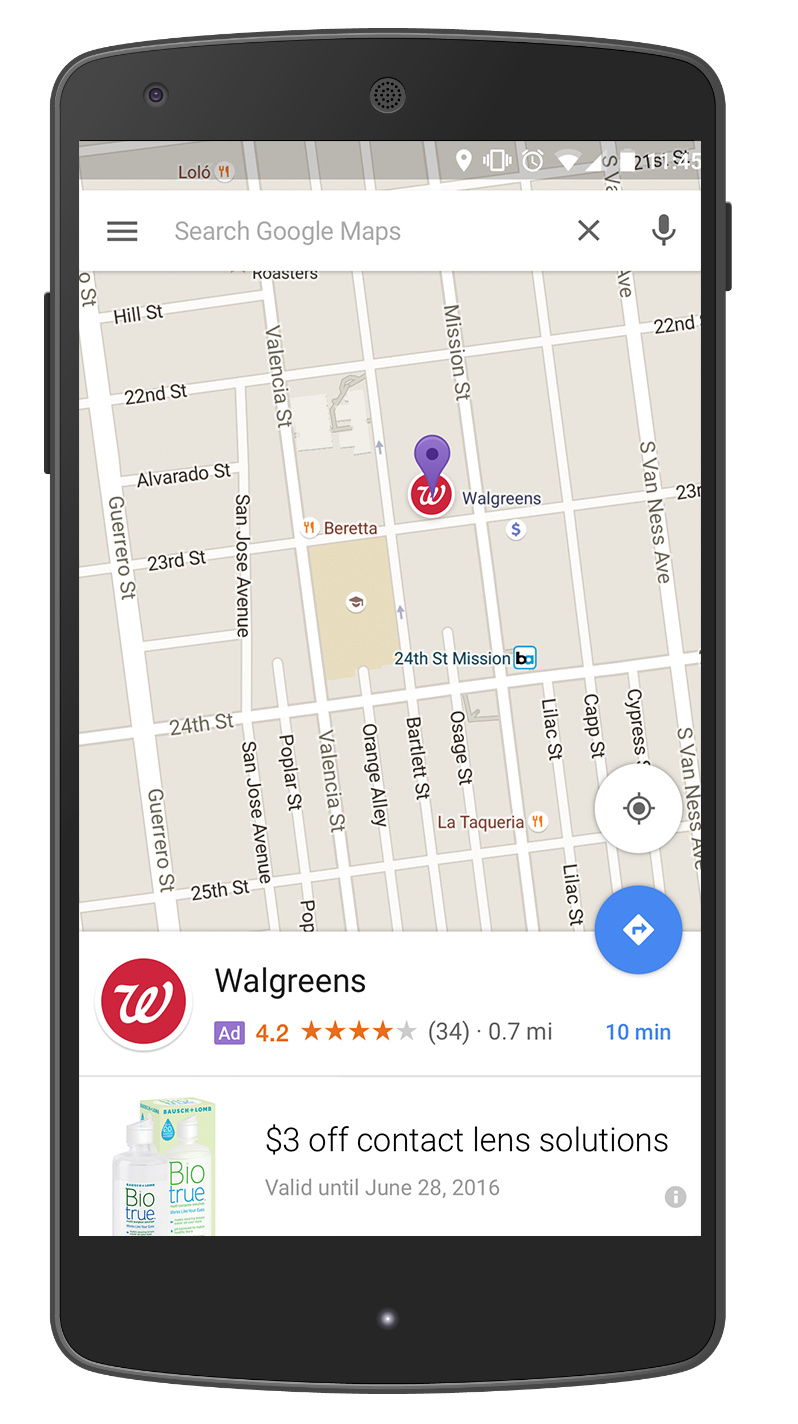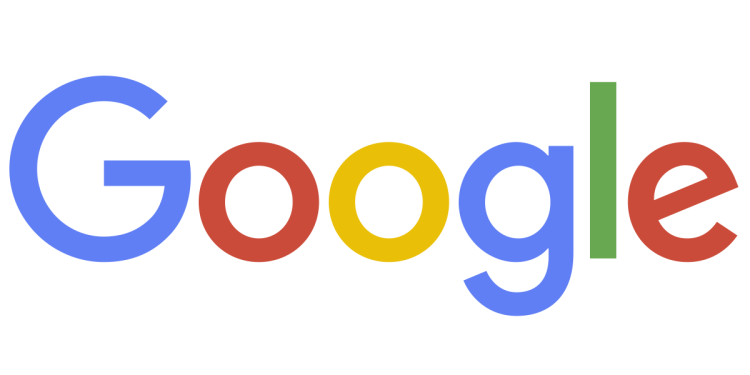The competition for mobile advertising dollars that exists between Facebook and Google is about to become even more fierce. Google today announced changes to AdWords that are designed to better reflect the mobile-first world. The company revealed statistics to demonstrate not just a corporate commitment to all things mobile, but proof that their advertising engine is helping bridge the real and digital worlds – something long sought by local advertisers. The search giant reports that there are trillions of searches on Google.com every year and says that now over half of those searches happen on mobile. Further, Google’s location-related mobile searches are growing 50 percent faster than all mobile searches.
At the Google Performance Summit, the company described changes in the appearance of mobile ads and talked about how they integrate with Google maps. For advertisers running text-based mobile ads, character limits will increase from two 35-character lines to one 80-character line; headlines will expand from one with a 25-character limit to two with 30-character limits. Google says that based on early testing, some advertisers saw increases in clickthrough rates of up to 20 percent, compared to current text ads.

Google is also seeking to make mobile ads better-looking and easier for advertisers to produce. The Google Display Network (GDN) is introducing responsive design, advertising formats that display properly regardless of device or screen size. The idea is simple: Businesses supply headlines, message, image, and a URL — and GDN will automatically design the responsive ads.

Above: Responsive ads for display adapt to fit any app or site on the GDN.
Google will also modify its ad auction process to allow advertisers to bid different amounts for each platform within a single ad campaign. This means advertisers can offer different amounts to run their ads on mobile, desktop, or tablets, depending on their needs and audience.
Perhaps the most significant changes announced today involve Google’s efforts to bridge the real and digital worlds. Speaking at a press briefing yesterday, Jerry Dischler, vice president of product management for AdWords, said that even with the rise of ecommerce, “90 percent of global sales happen in stores” and that Google maps have the opportunity to be the bridge “”where mobile and local meet.” He described the new local search ads on Google.com and Google Maps as responding to the needs of nearly one-third of all mobile searches related to location.
Take, for instance, the search term: ‘Find a pharmacy near me.’ The example below shows new, branded pins within the map and more robust business pages, which — in addition to providing information like location and hours — can show custom, in-store promotions and could also include a link to store inventory levels. This would be helpful in the case of someone seeking a specific tv model from a retailer like Best Buy.


Google Maps : promoted pins (top) and business page (bottom)
Dischler said that the efficacy of mobile ads for local businesses began to be understood two years ago with the introduction of a metric called “store visits.” Since then, Google advertisers have measured over 1 billion store visits, globally. Dischler admits that tracking each step of a customer’s journey — from online research and discovery to an in-store purchase — isn’t perfect, but he cited progress. He said that data from 10 major retailers, including Target and Bed, Bath and Beyond showed that location-based mobile ads were driving “more incremental in-store visits than online conversions.”
Dischler also highlighted the experience of Nissan UK. The auto manufacturer saw a 6 percent conversion rate on mobile ads leading to showroom visits. This is noteworthy, given that digital conversion rates are often in the low single digits. In fact, Nissan claimed a 25 to 1 return on investment (ROI) for the mobile ad campaign.
Last year, Google’s search and advertising tools generated $165 billion for companies in the U.S, as mobile devices become increasingly indispensable to consumers. Perceived by many as being late to mobile, Google faces stiff competition from Facebook, which last quarter reported that 79 percent of its $5.4 billion in revenue came from mobile advertising. Google, meanwhile, delivered 99 percent of its corporate parent Alphabet’s $21 billion in quarterly revenue. Google accepts the obvious and understands that it must continue to adapt. “The shift to mobile is no longer a change on the horizon,” said Sridhar Ramaswamy, senior vice president for Ads and Commerce, speaking at the press briefing. “It’s here.”


